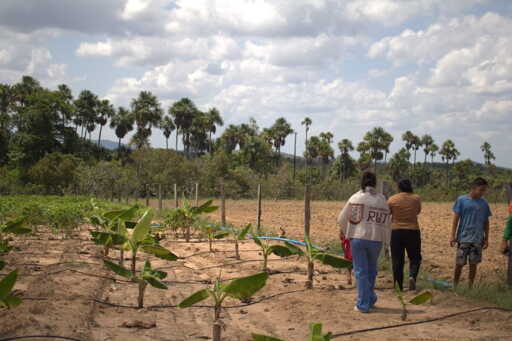For many Brazilians, the country’s Indigenous peoples are considered the main protectors of nature. This is one of the key findings of a new Greenpeace survey published in October: according to the study, when it comes to caring for the forests, 80% of respondents trust Indigenous groups over any other national institution. Yet the global flow of money on which environmental protection depends for survival still follows a different dynamic. Globally, Indigenous peoples and traditional groups — such as quilombolas, Afro-Brazilian inhabitants of communities originally established by runaway enslaved people — receive less than 1% of the funds given to environmental preservation and climate change mitigation projects. The number, which points to a major socioenvironmental paradox, is included in a 2021 report by the Rainforest Foundation Norway (RFN). According to the NGO, the inability to manage these financial transfers is one of the main reasons why the money doesn’t reach these groups. Without a proper management structure to handle the capital, it says, many Brazilian communities will remain tied to other organizations higher up the financing chain, such as international NGOs and state-led initiatives. RFN’s analysis shows that this dispersed model has loose ends. One of the biggest issues is related to traditional projects’ dependence on intermediaries: due to high operational costs, the total amount actually reaching local groups ends up being reduced. At the same time, the conventional financing structure includes steps that don’t correspond to the realities of traditional life, such as stringent deadlines and bureaucratic procedures, which…This article was originally published on Mongabay
From Conservation news via this RSS feed


